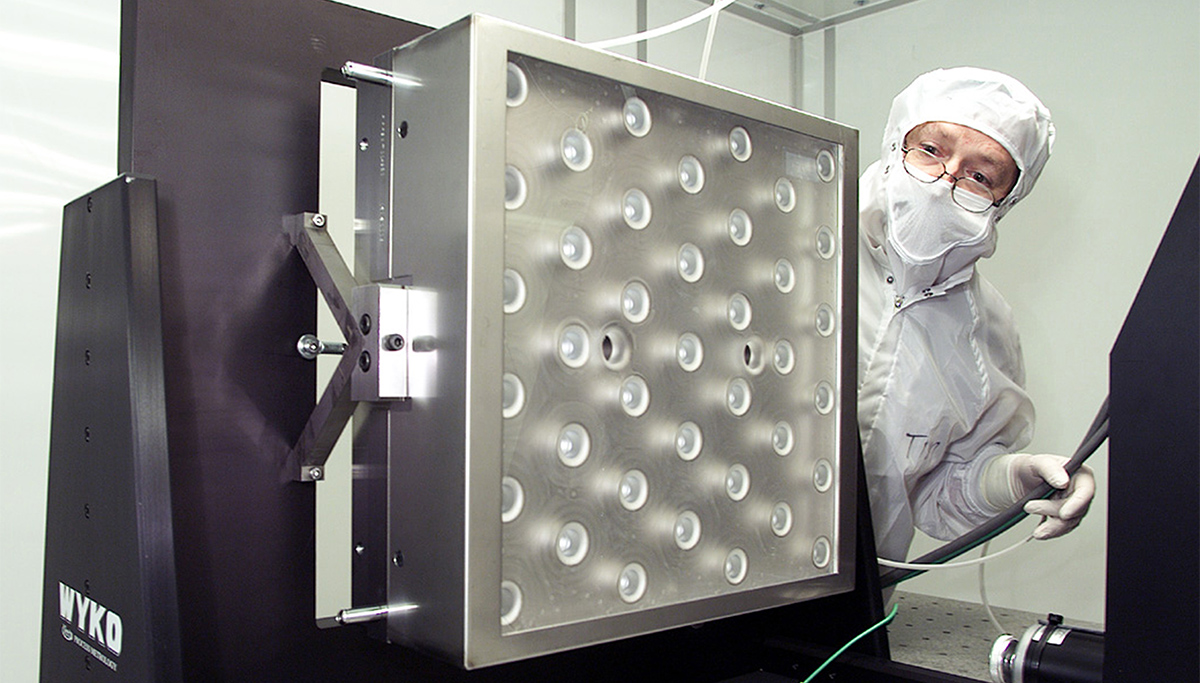Beam Transport

Polishing the Beams
As NIF’s laser beams are propagated four times through the main amplifier and twice through the power amplifier, their energy is boosted to about 4 megajoules of infrared laser light.
Within the laser beam enclosures are two stages of spatial filters that condition the beams after amplification. Before being transported to the Target Chamber, each beam is focused through a series of tiny, millimeter-sized pinholes and recollimated in NIF’s spatial filters. These pinholes are located at the center of the huge beam tubes that create a vacuum environment so the laser beams can be concentrated into such a small spot size without ionizing the air molecules.

Switchyards
After the laser beams leave the laser bays, they enter the switchyards, which redirect the beams to the upper and lower hemispheres of the Target Chamber. The switchyards convert the parallel laser beam layout to the spherical configuration of the Target Chamber so they converge radially on the target.
The beams travel through the switchyards in groups of four called “quads.” With the help of several series of transport mirrors, 24 beam quads are redirected to the upper portion of the Target Chamber and 24 are redirected to the bottom portion. Four mirrors are required to accomplish this, along with a fifth mirror for one-third of the beams because of geometric constraints. The mirrors are specially coated and conditioned to survive NIF’s high-energy laser environment. They are also designed to be extremely stable in the vibration and thermal environment of the huge NIF facility so that the laser beams can hit the target with a precision of better than 50 micrometers—about the thickness of a piece of paper.
Next Up: Final Optics



